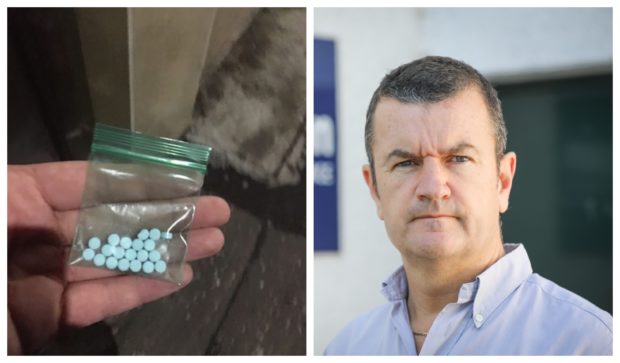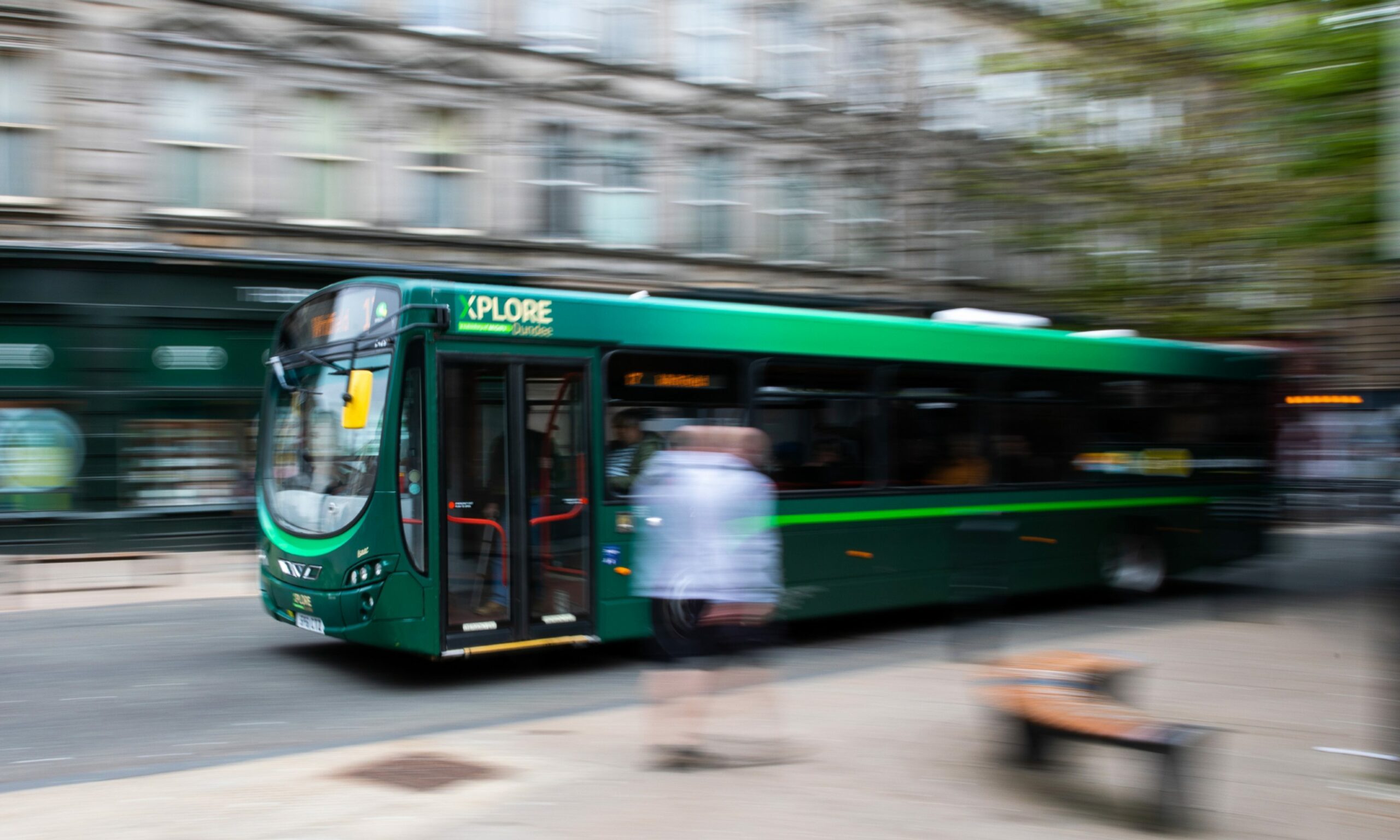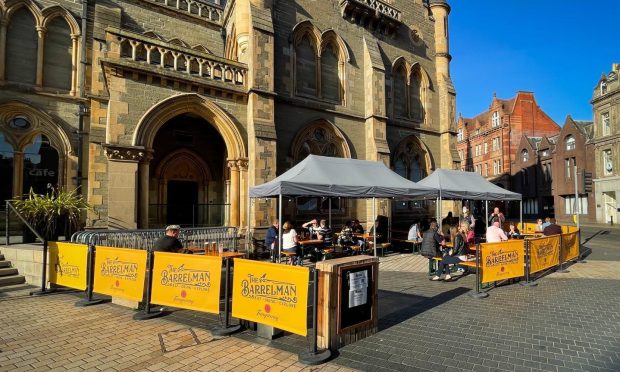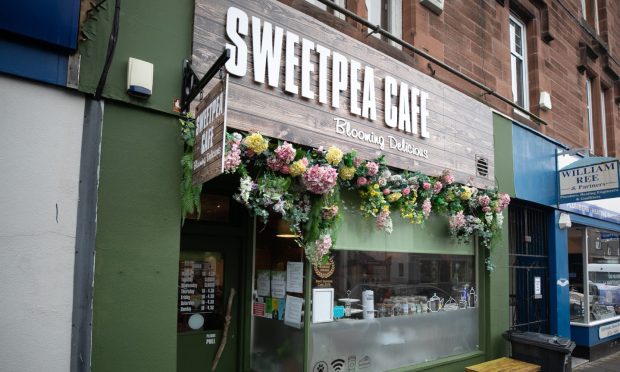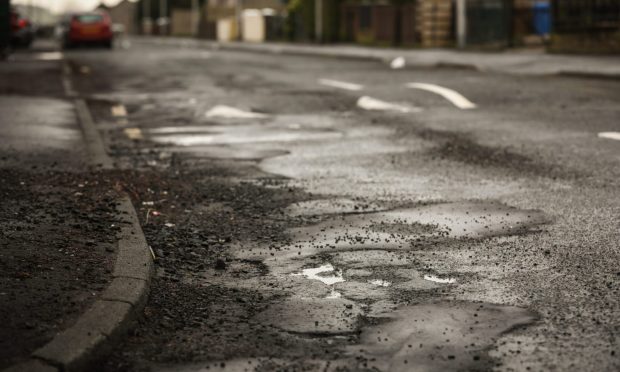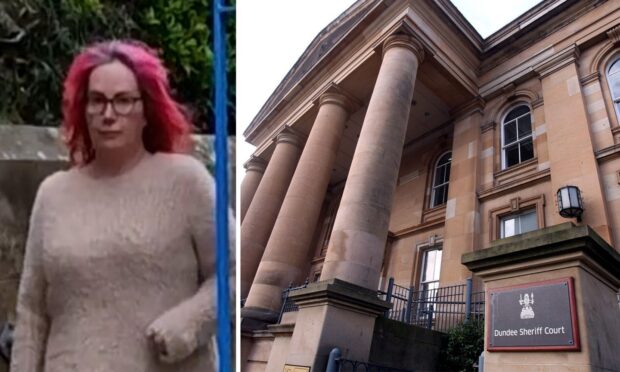Decades of freely prescribing sedatives may have opened up a new market for lethal street substitutes now causing devastation in Dundee, it has been claimed.
Dave Barrie, from the charity We Are With You, said many people became addicted as ‘benzos’ such as diazepam, commonly known as Valium, were issued to treat anxiety disorders.
Data obtained by The Courier shows GP prescriptions for benzodiazepines in Dundee have decreased in recent years, amid increasing evidence they can cause addiction and physical harm if taken long-term.
Mr Barrie said once the drugs became popular but less accessible, dealers stepped in to provide cheaper and much stronger varieties such as etizolam, now known as ‘street’ or ‘fake’ Valium.
The latest figures show the drug, chemically related to benzos but officially a thienodiazepene, was implicated in 41 of the 66 deaths recorded in Dundee in 2018 (62%).
It is the most common substance found in drug-related deaths in the city, more so than methadone or heroin and but not implicated in any deaths until 2014.
Mr Barrie said some of those now hooked on the street sedative would have been prescribed in the past.
“Moving away from prescribing these drugs was a gradual thing over the last five years probably,” he said.
“They were known as mummy’s little helpers and were used to treat anxiety and sleep problems.
“Now, much of the guidance suggests they are highly addictive with quite serious side effects, including damage to brain function if taken over many years.”
Data obtained through a Freedom of Information request to NHS Tayside shows between 2013/14 and 2017/18, prescriptions of benzos in Dundee dropped 17% from 37,194 to 30,755.
The health board says illicit use in the past did not primarily come from legitimate sources and that diazepam is still prescribed to treat addicts.
Mr Barrie said dealers will try to “appeal” to those looking for the type of sedatives previously prescribed.
He said: “A strong tablet called a ‘blue vallie’ used to be prescribed and those that manufacture the street versions now make them look the same.
“If someone buys 10 fake Valiums, 9 out of 10 could be around 2mg but then one could be 20mg.
“That is the real danger. Users take them but they have no idea how strong they are.
“There’s really no quality control. Dealers are making a large amount of money from the misery of others.
“They can buy a tub of 1000 for £100 and sell each pill for £1.
“Scotland has always had its challenges with this type of drug.
“The problem is the cost, accessibility and availability of these new really powerful drugs like etizolam that have taken hold.”
The drugs can cause an overdose because they work by suppressing both the heart rate and breathing and are particularly dangerous when taken alongside other drugs such as cocaine, heroin or alcohol.
Mr Barrie added: “Unfortunately overdoses are still happening but there is a lot of determination to turn the tide.
“It’s absolutely heart-breaking and we are doing everything we can to educate people about the risks.”
A spokesperson for NHS Tayside said: “NHS Tayside and partner agencies have been issuing harm reduction information to people who use benzodiazepines consistently over the last few years.
“We monitor drug trends locally and issue appropriate advice and harm reduction interventions as trends change.”
The Dundee Drugs Commission, set up to investigate Dundee’s high death rate, has said investigations into the increased use of etizolam should be a priority.
Dundee Health and Social Care Partnership has said “early intervention” is key and the Integrated Substance Misuse Service (ISMS) is attempting to tackle substance abuse at its source.
Others, such as the Scottish Drugs Forum, have suggested increasing prescriptions for Valium to lure people away from the street varieties.
